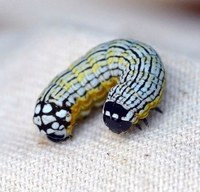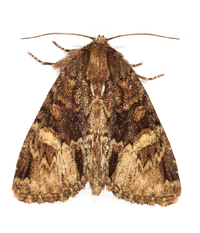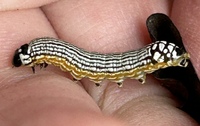
| Recorded by: Alicia Jackson on 2025-10-14
Hoke Co.
Comment: | 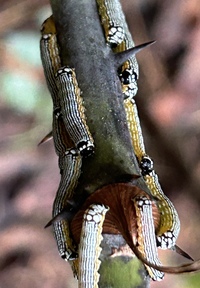
| Recorded by: Alicia Jackson on 2025-10-14
Hoke Co.
Comment: |
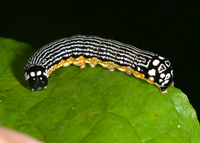
| Recorded by: Jim Petranka, Becky Elkin and Marilyn Westphal. on 2025-09-06
Henderson Co.
Comment: | 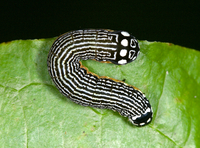
| Recorded by: Jim Petranka, Becky Elkin and Marilyn Westphal. on 2025-09-06
Henderson Co.
Comment: |
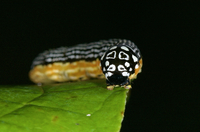
| Recorded by: Jim Petranka, Becky Elkin and Marilyn Westphal. on 2025-09-06
Henderson Co.
Comment: | 
| Recorded by: Jim Petranka on 2025-08-20
Madison Co.
Comment: |

| Recorded by: Jim Petranka, Marilyn Westphal and Becky Elkin on 2025-08-17
Henderson Co.
Comment: | 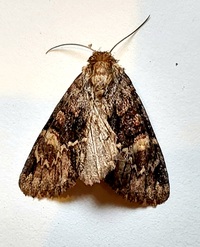
| Recorded by: Mark Basinger on 2025-06-27
Buncombe Co.
Comment: |

| Recorded by: Mark Basinger on 2025-06-25
Buncombe Co.
Comment: | 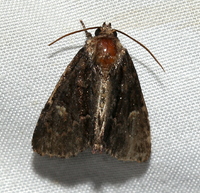
| Recorded by: David George, Jeff Niznik, Kevin Bischof on 2024-08-07
Transylvania Co.
Comment: |
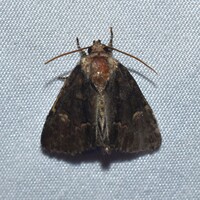
| Recorded by: David George, Jeff Niznik, Kevin Bischof on 2024-08-07
Transylvania Co.
Comment: | 
| Recorded by: David George, Jeff Niznik on 2024-08-06
Transylvania Co.
Comment: |

| Recorded by: David George, Jeff Niznik on 2024-08-05
Transylvania Co.
Comment: | 
| Recorded by: David George, Jeff Niznik, Stephen Dunn on 2024-08-02
Chatham Co.
Comment: |
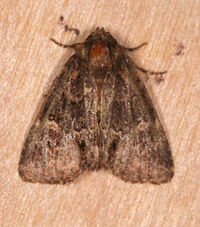
| Recorded by: Jim Petranka and Becky Elkin on 2024-07-11
Madison Co.
Comment: | 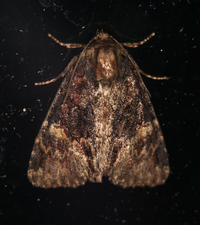
| Recorded by: Jim Petranka on 2024-07-06
Madison Co.
Comment: |

| Recorded by: K. Bischof on 2024-07-03
Transylvania Co.
Comment: | 
| Recorded by: Owen McConnell on 2024-06-28
Graham Co.
Comment: |

| Recorded by: Mark Basinger on 2024-06-27
Yancey Co.
Comment: | 
| Recorded by: Mark Basinger on 2024-06-27
Yancey Co.
Comment: |
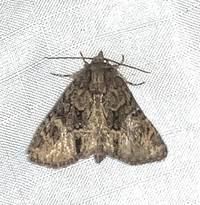
| Recorded by: Ken Kneidel on 2024-06-25
Watauga Co.
Comment: | 
| Recorded by: Mark Basinger on 2024-06-23
Yancey Co.
Comment: |
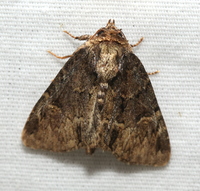
| Recorded by: David George, Jeff Niznik on 2024-05-25
Chatham Co.
Comment: | 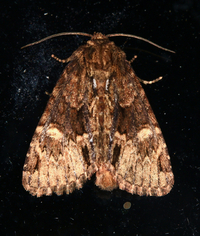
| Recorded by: Jim Petranka on 2024-05-24
Madison Co.
Comment: |
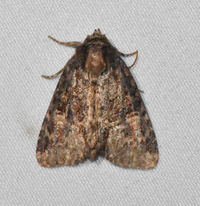
| Recorded by: Emily Stanley on 2024-05-15
Buncombe Co.
Comment: | 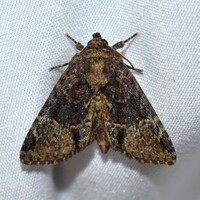
| Recorded by: Jeff Niznik on 2024-05-15
Madison Co.
Comment: |
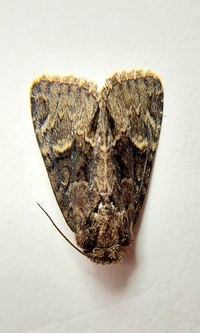
| Recorded by: Mark Basinger on 2024-05-14
Buncombe Co.
Comment: | 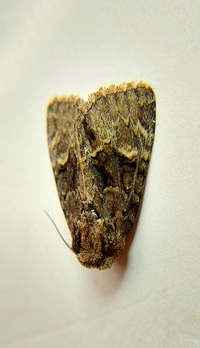
| Recorded by: Mark Basinger on 2024-05-14
Buncombe Co.
Comment: |
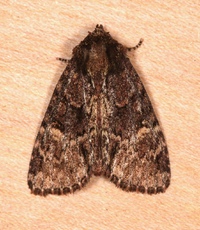
| Recorded by: Jim Petranka and Becky Elkin on 2024-05-01
Madison Co.
Comment: | 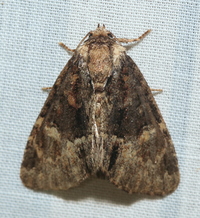
| Recorded by: David George, Stephen Dunn, Jeff Niznik, Rich Teper, Becky Watkins on 2023-07-30
Swain Co.
Comment: |
|

 »
»